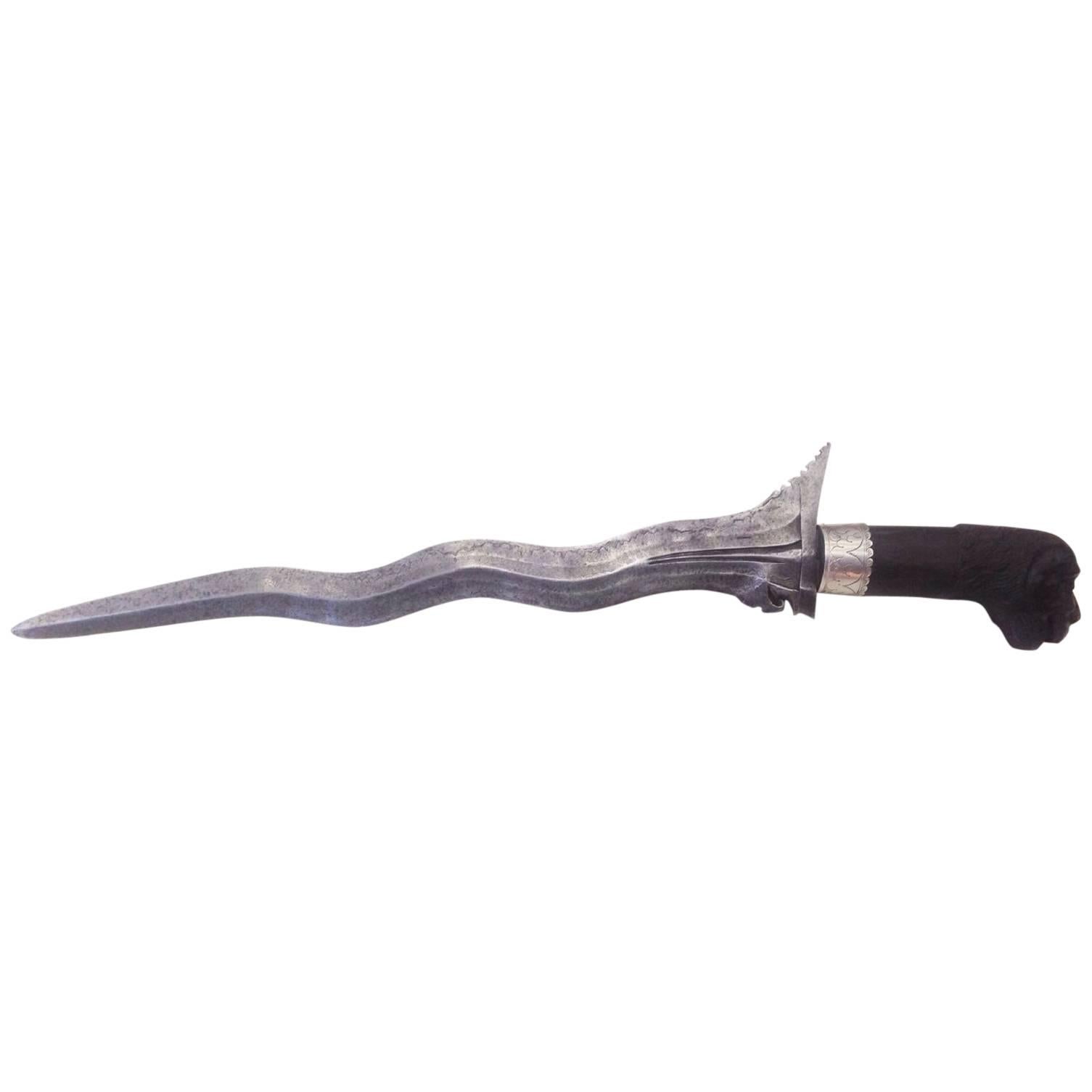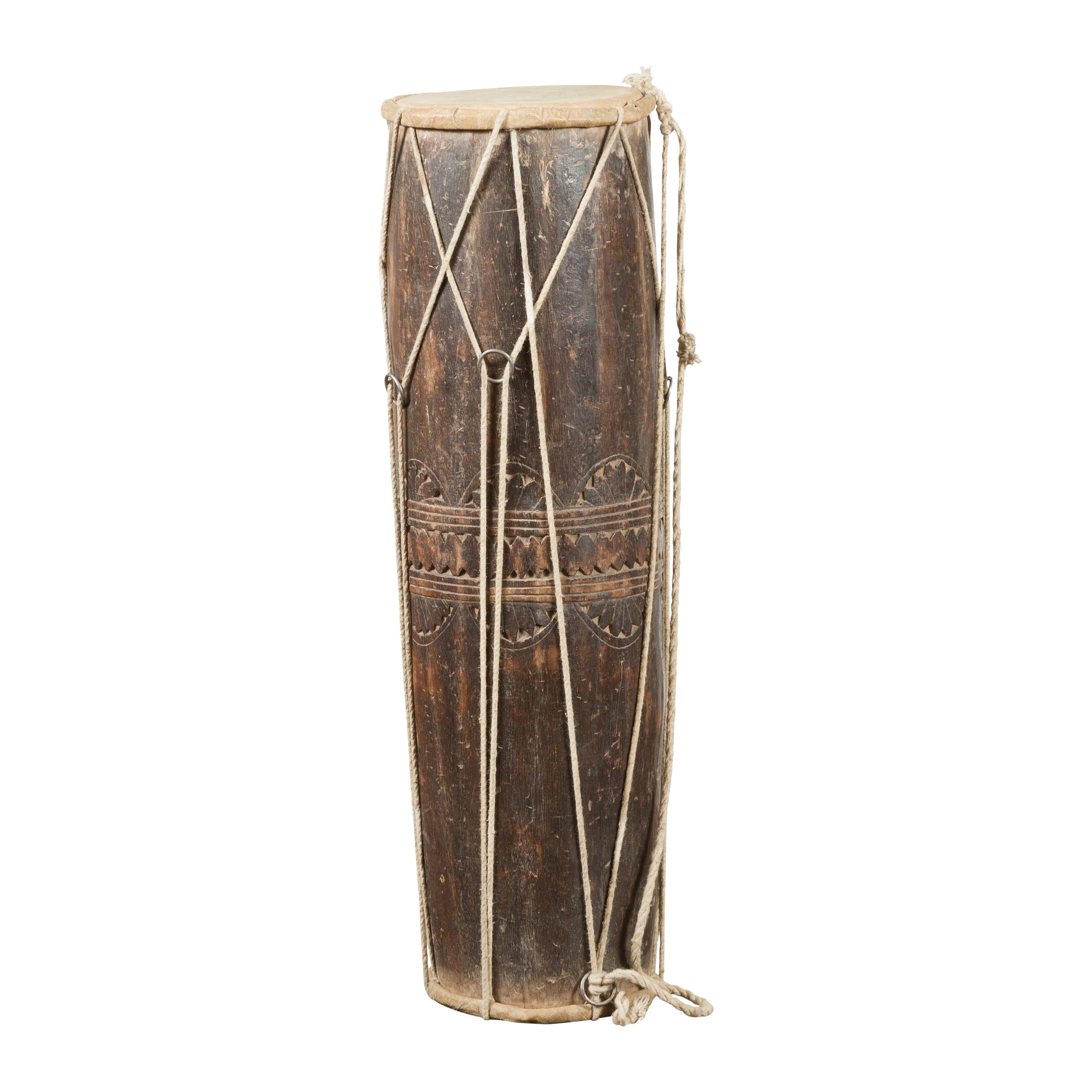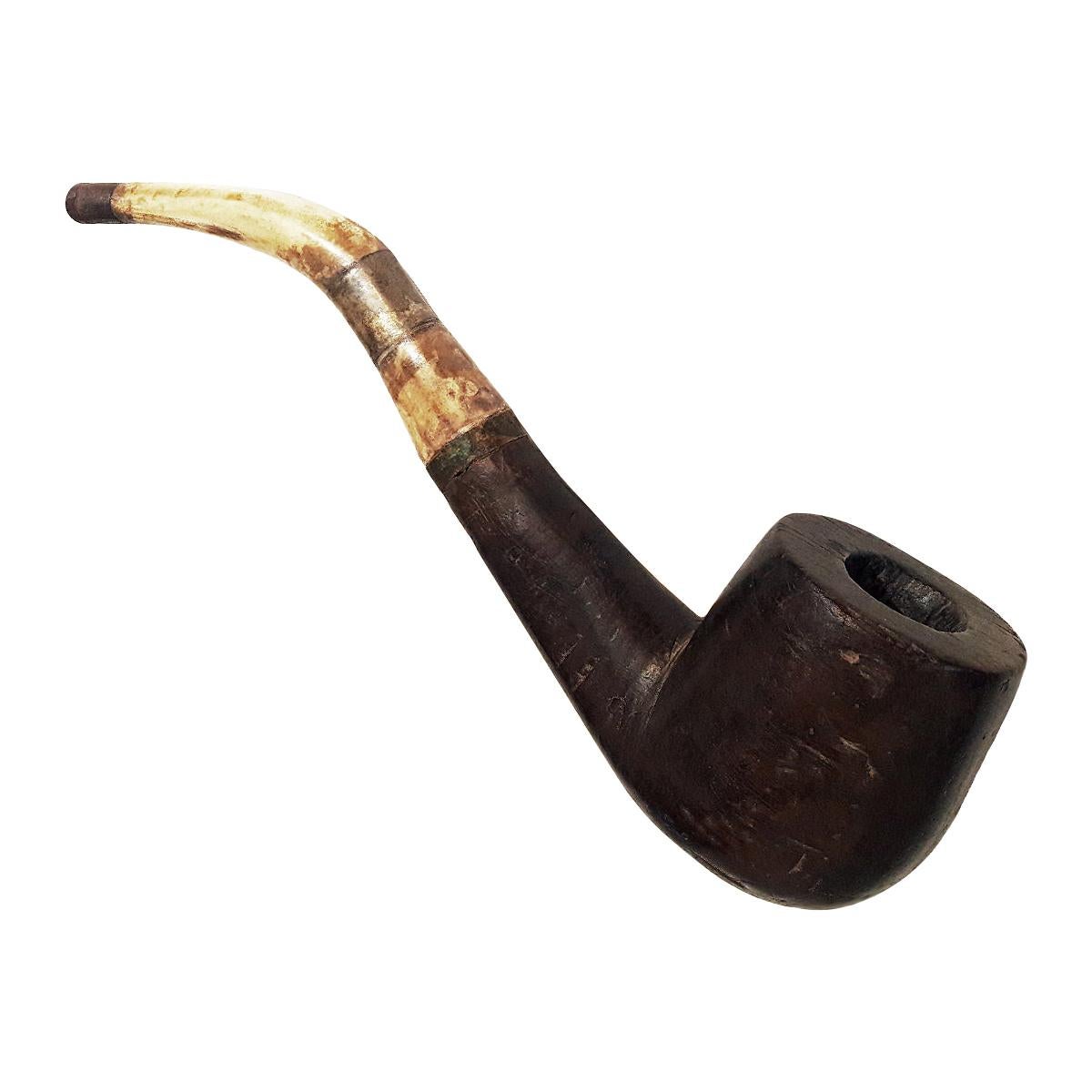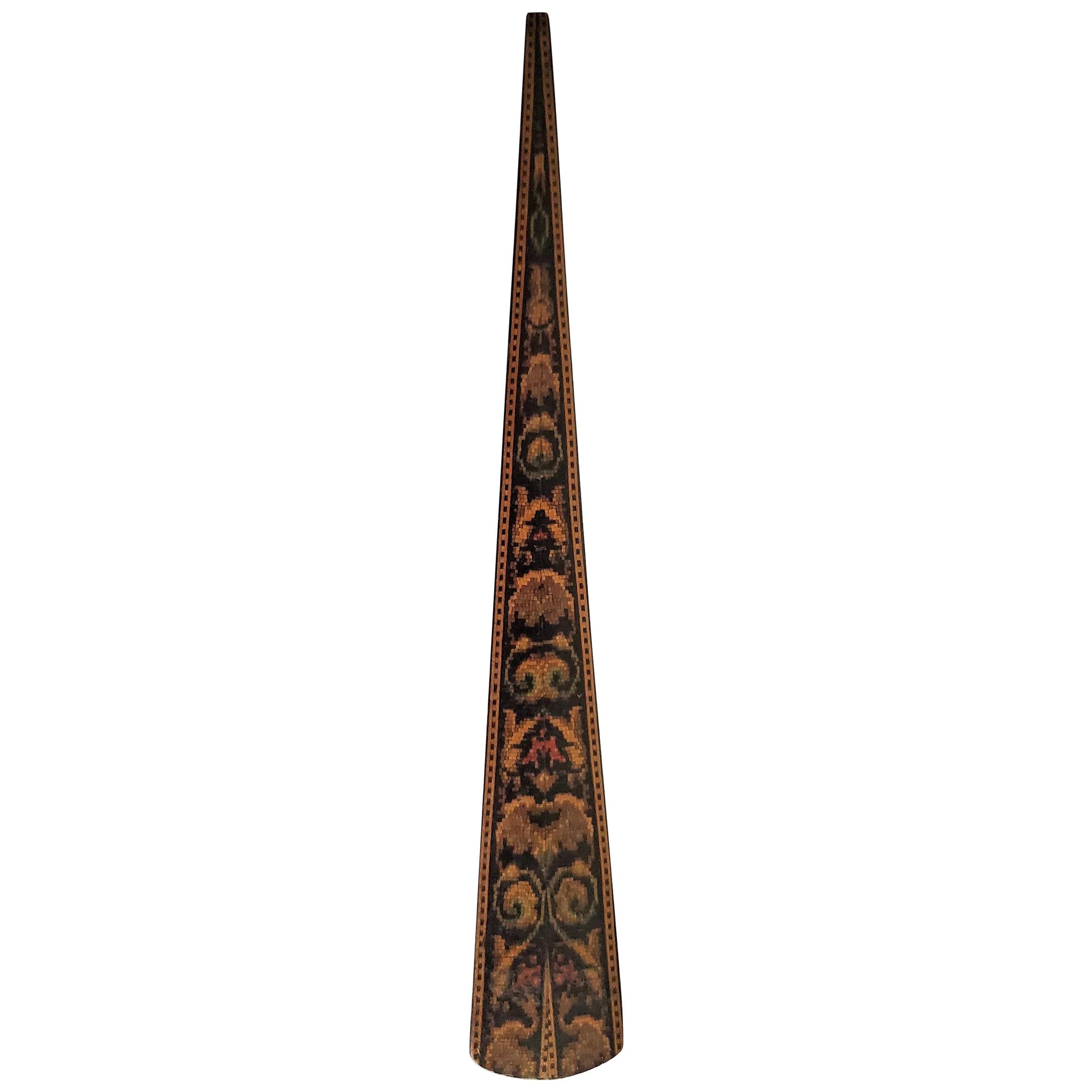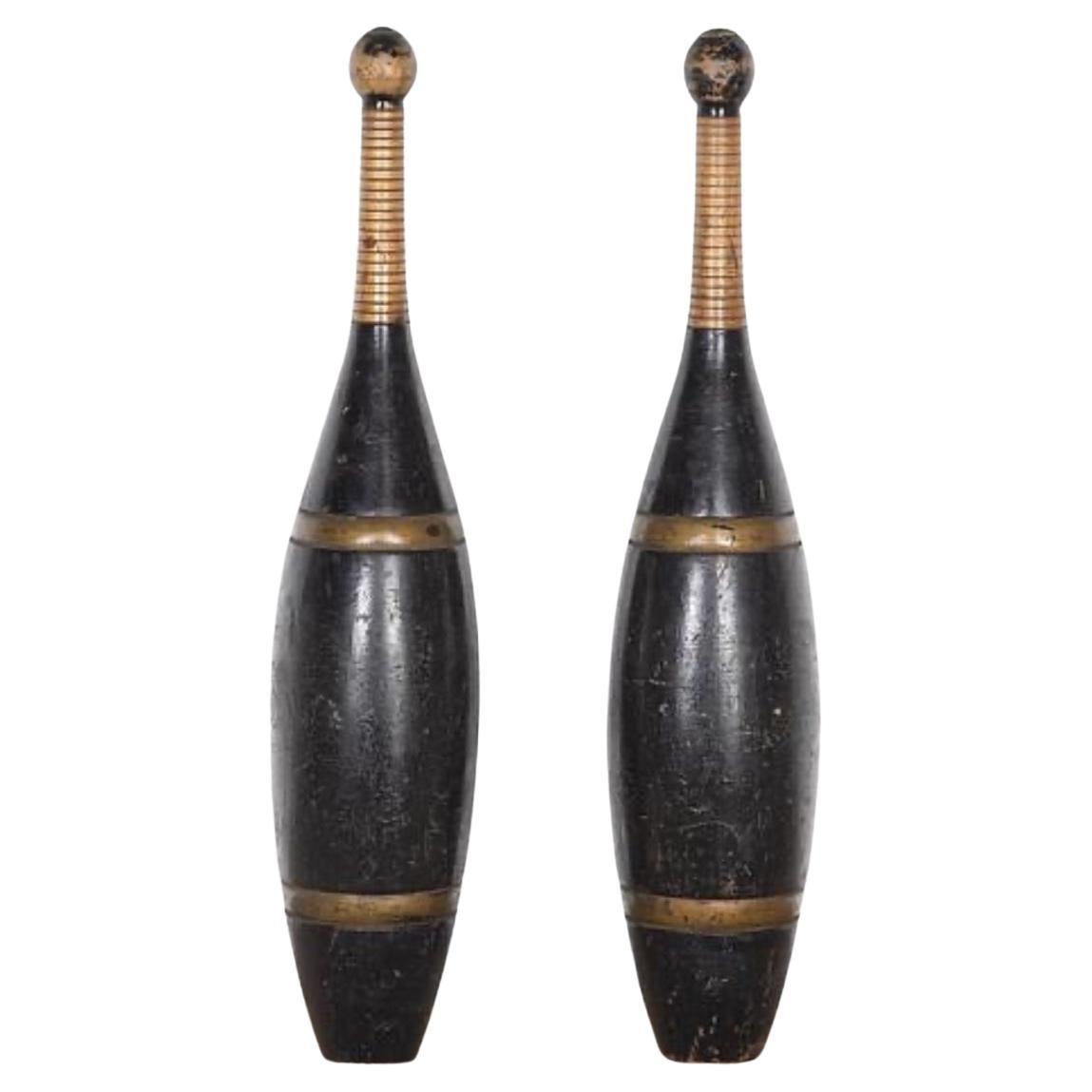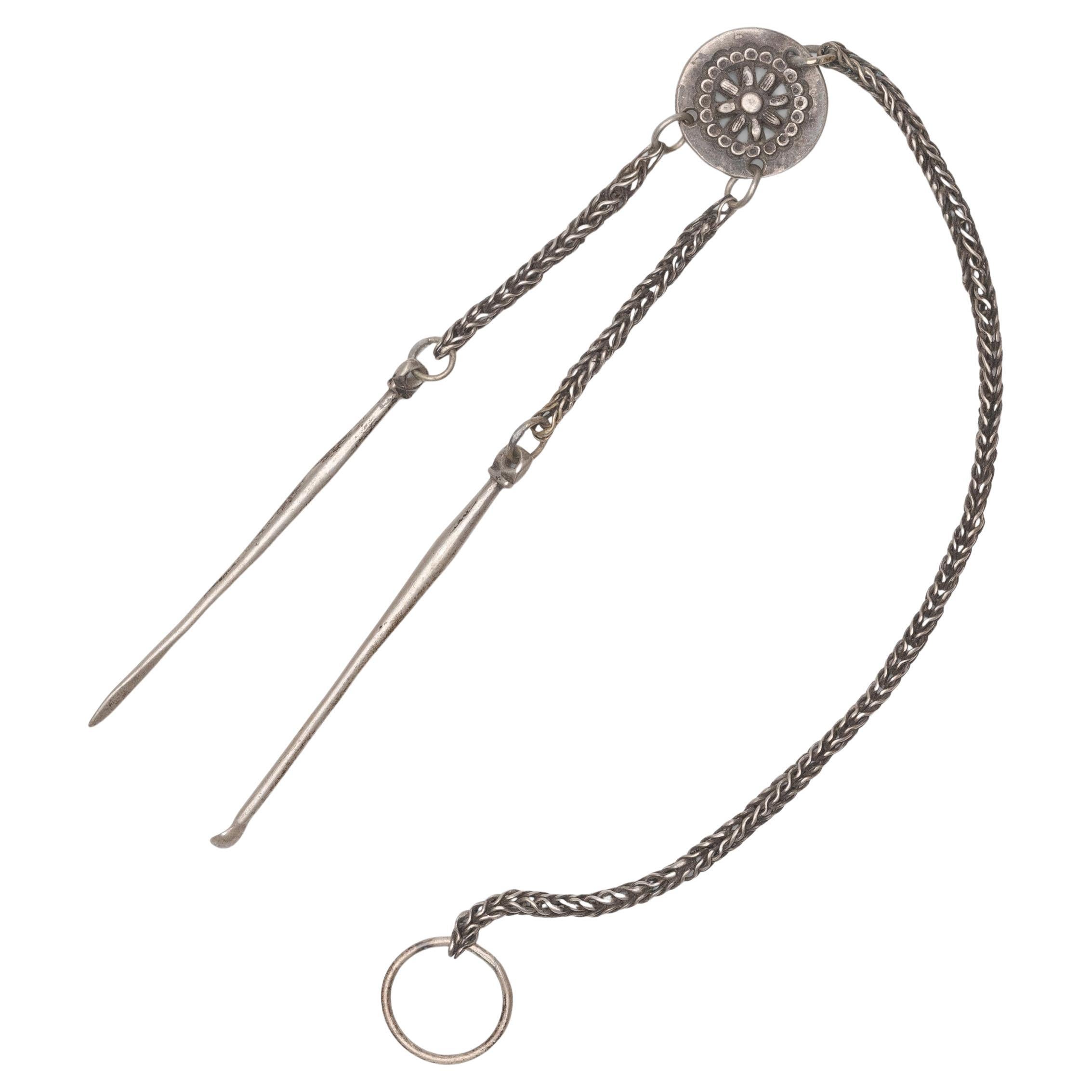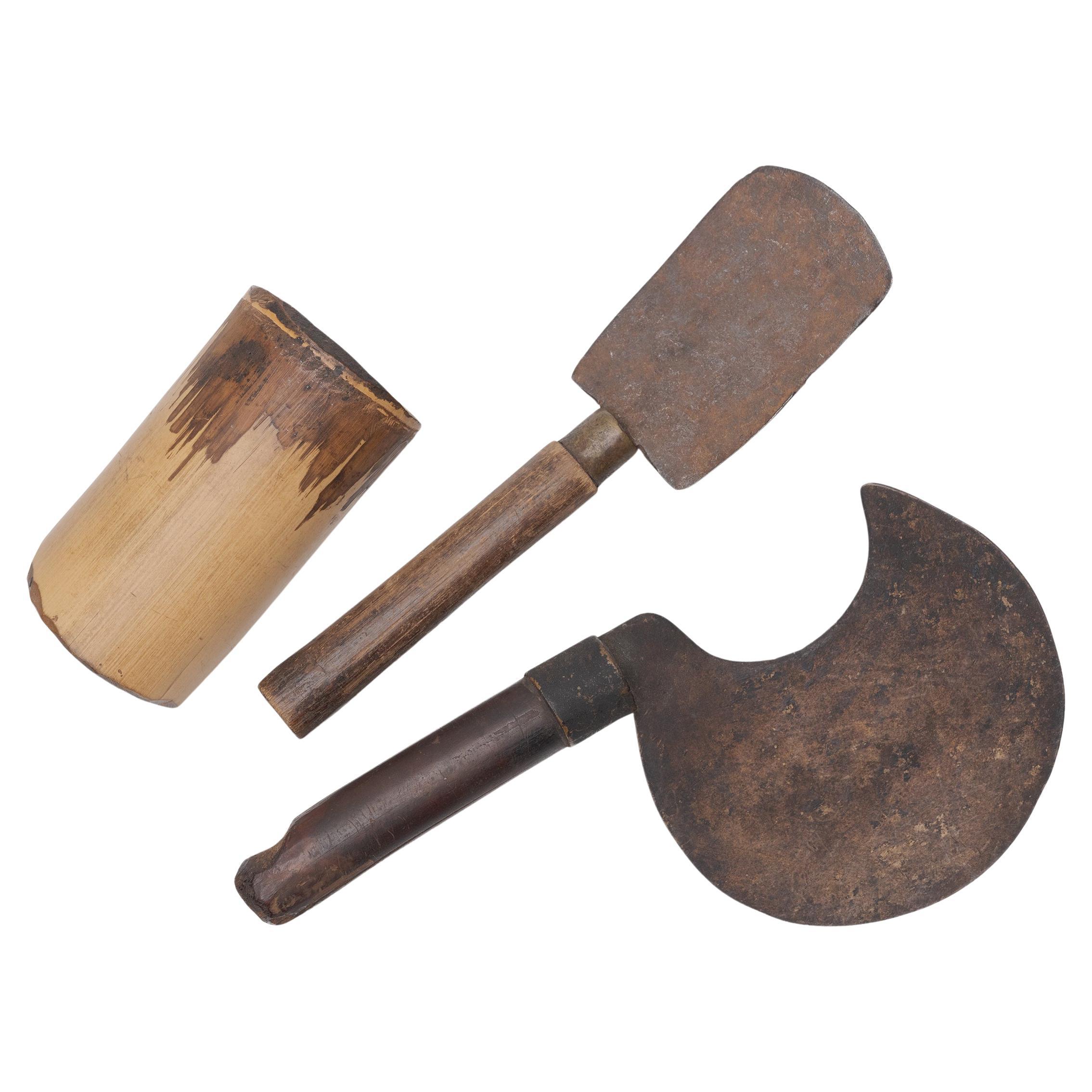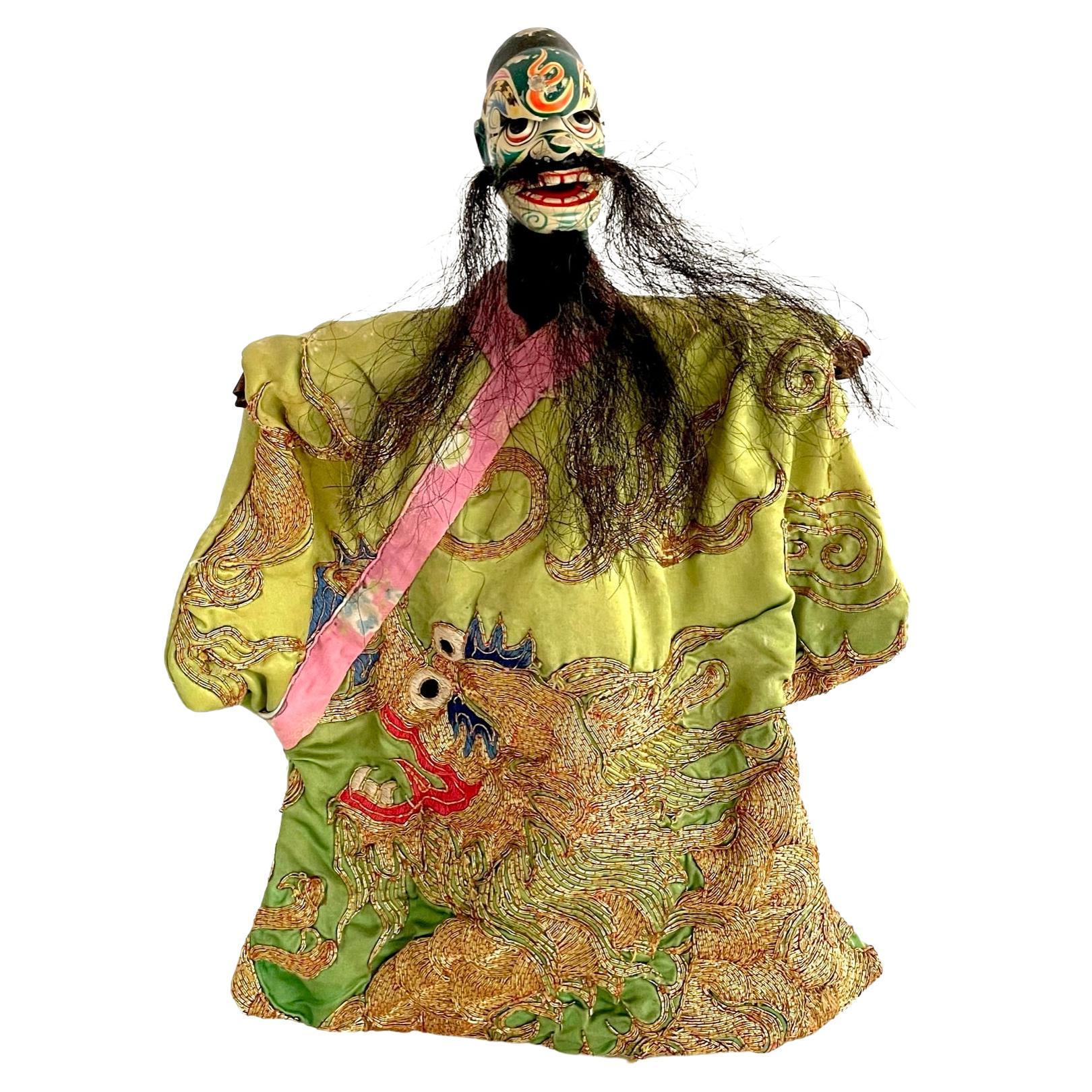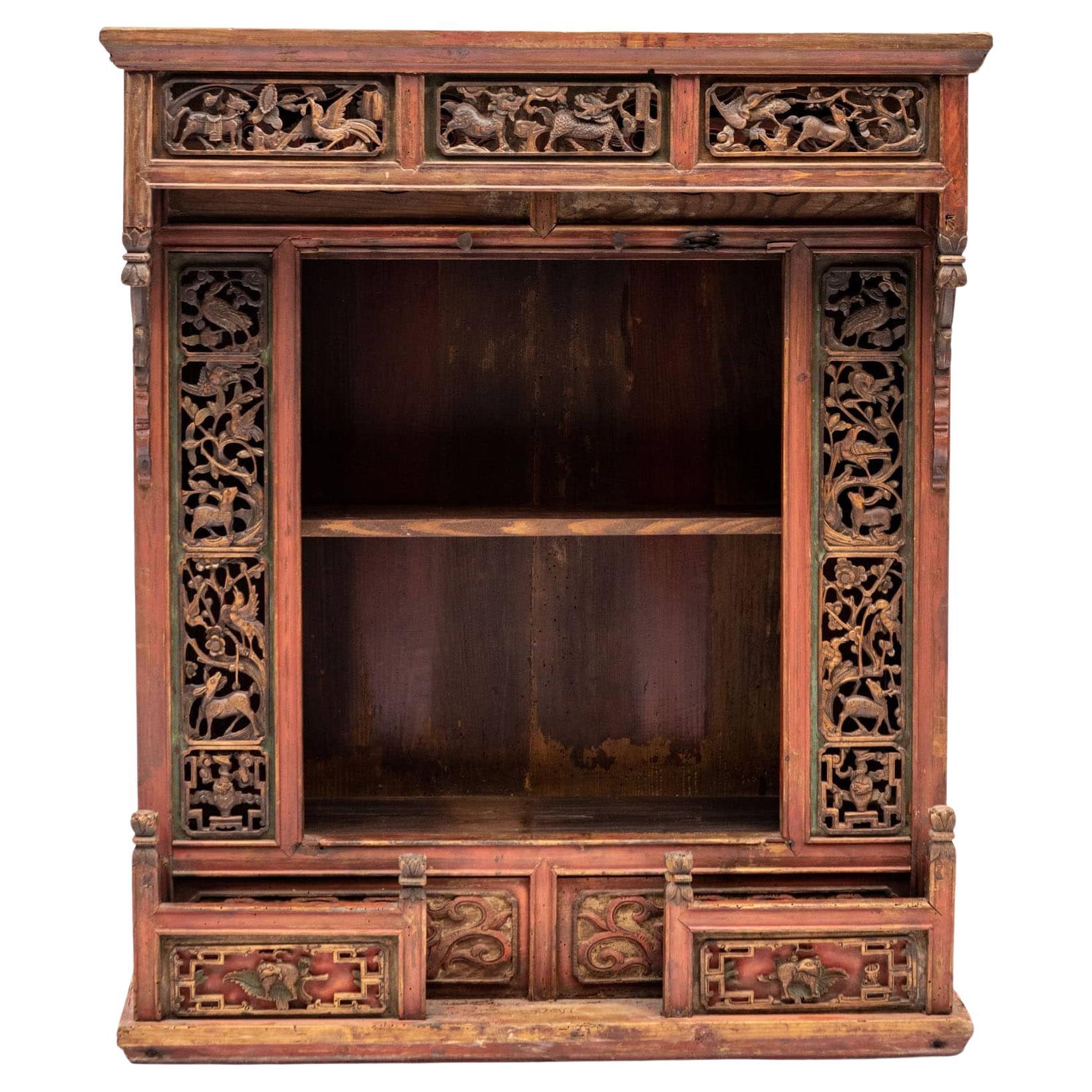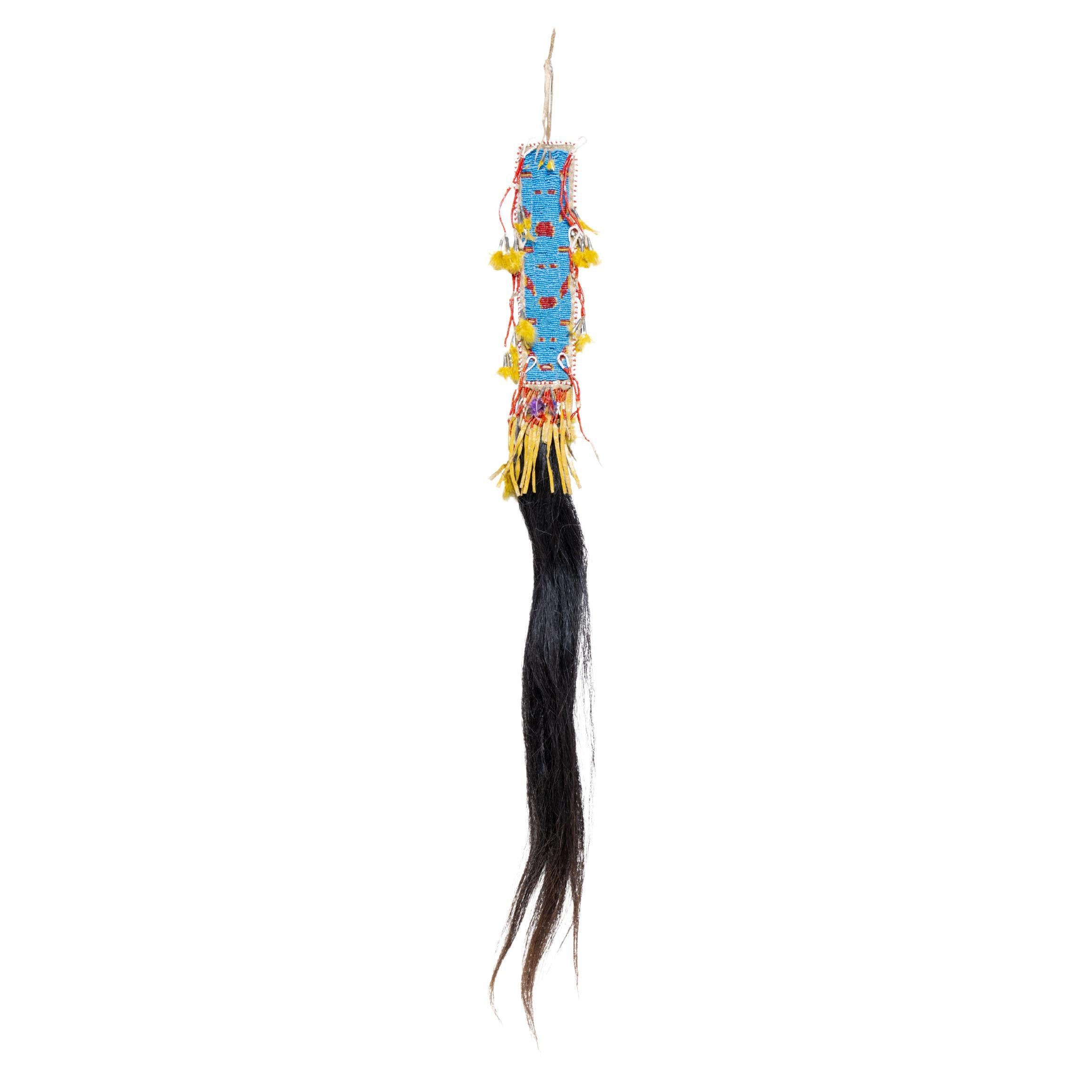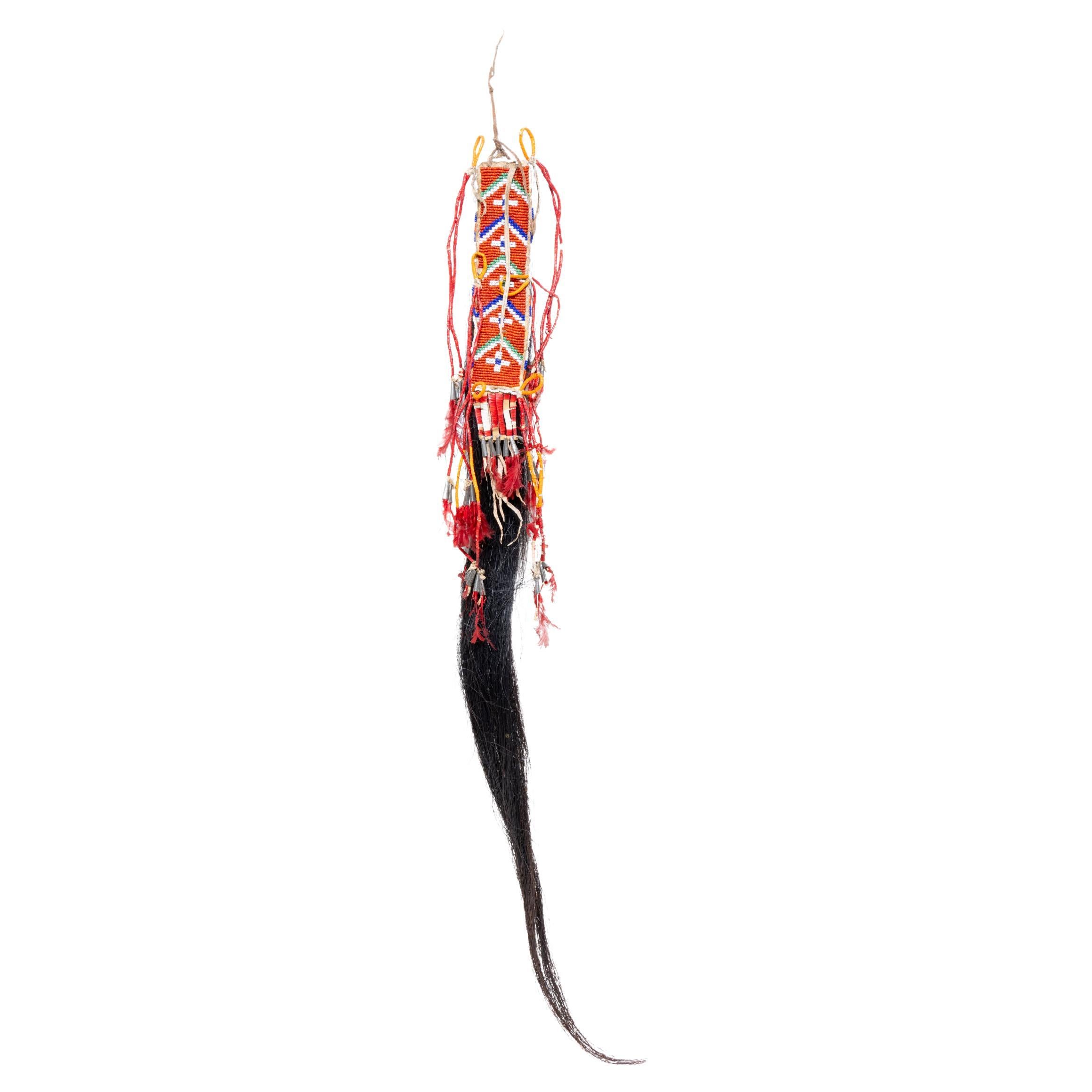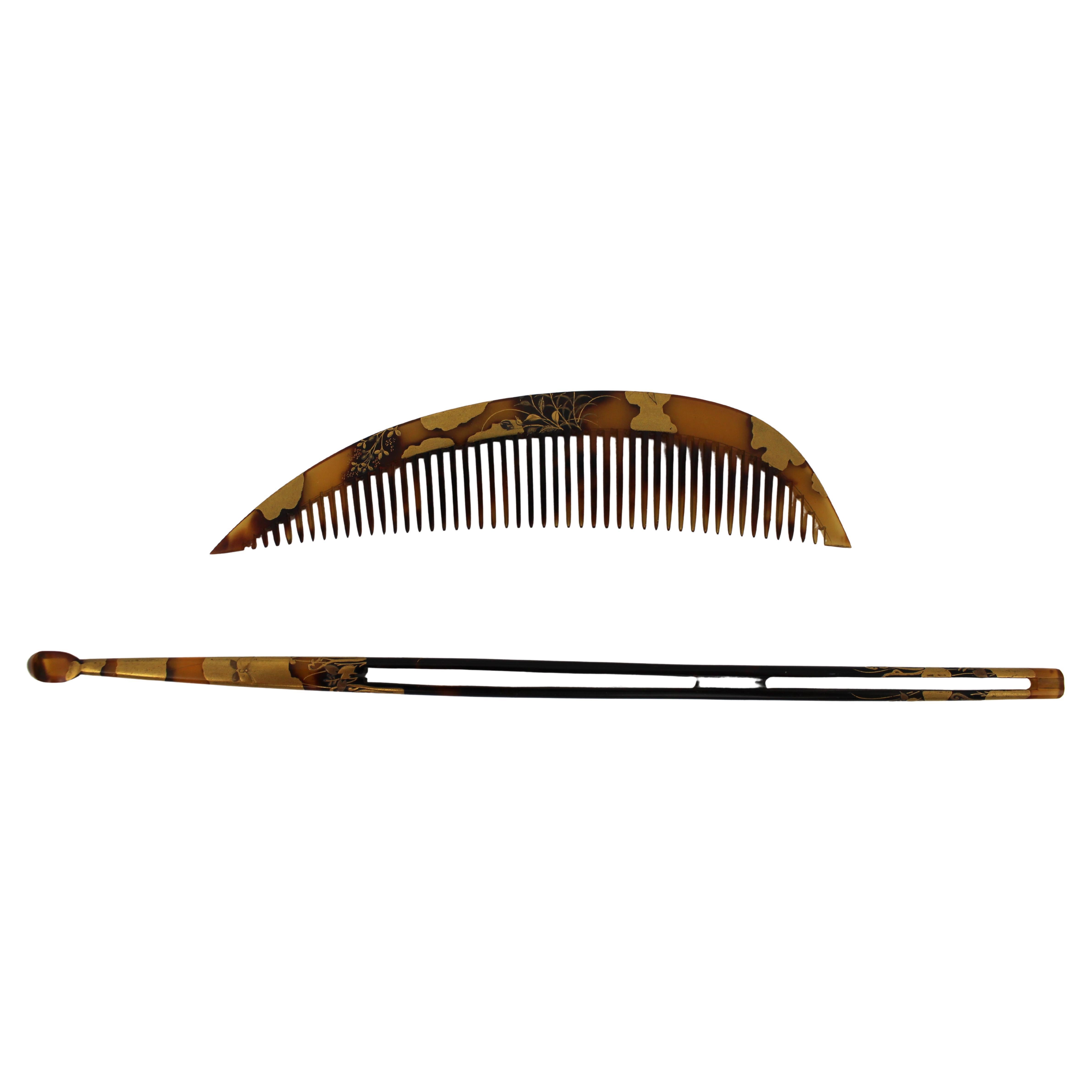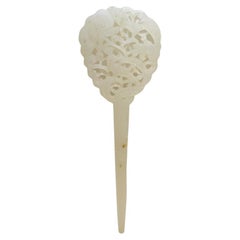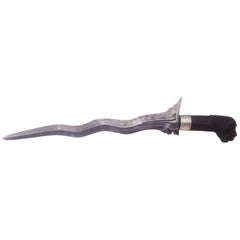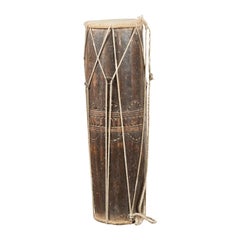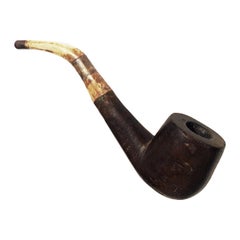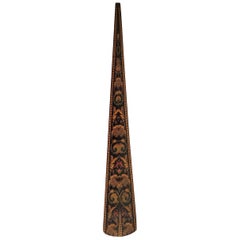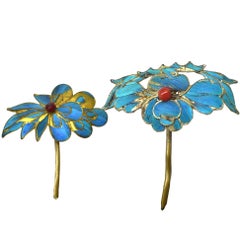
Kingfisher Feather Hair Pins, 19th Century, Set of Two
View Similar Items
Want more images or videos?
Request additional images or videos from the seller
1 of 11
Kingfisher Feather Hair Pins, 19th Century, Set of Two
$950List Price
About the Item
- Dimensions:Height: 2 in (5.08 cm)Width: 2 in (5.08 cm)Depth: 0.5 in (1.27 cm)
- Materials and Techniques:
- Place of Origin:
- Period:
- Date of Manufacture:19th Century
- Condition:Wear consistent with age and use. Minor losses.
- Seller Location:Somis, CA
- Reference Number:Seller: 47001stDibs: LU295738403383
About the Seller
5.0
Platinum Seller
Premium sellers with a 4.7+ rating and 24-hour response times
Established in 1999
1stDibs seller since 2017
823 sales on 1stDibs
Typical response time: 1 hour
Authenticity Guarantee
In the unlikely event there’s an issue with an item’s authenticity, contact us within 1 year for a full refund. DetailsMoney-Back Guarantee
If your item is not as described, is damaged in transit, or does not arrive, contact us within 7 days for a full refund. Details24-Hour Cancellation
You have a 24-hour grace period in which to reconsider your purchase, with no questions asked.Vetted Professional Sellers
Our world-class sellers must adhere to strict standards for service and quality, maintaining the integrity of our listings.Price-Match Guarantee
If you find that a seller listed the same item for a lower price elsewhere, we’ll match it.Trusted Global Delivery
Our best-in-class carrier network provides specialized shipping options worldwide, including custom delivery.More From This Seller
View All19th Century Painted Wood Fragment Gilt Red Lacquer
Located in Somis, CA
A beautiful red lacquered, solid wood fragment painted with an opera scene of victory celebration, featuring various figures dressed in official uniforms and crowns. Remnant gold lea...
Category
Antique Early 19th Century Chinese Qing Paintings and Screens
Materials
Wood
$330 Sale Price
40% Off
Pair of Wenge Wood Mini Stools, Headrests, Stands
Located in Somis, CA
Beautiful mini stools made of the fantastic Wenge wood with rounded corners and sturdy solid legs. Wenge wood is highly prized for its density and distinctive grain pattern. These st...
Category
2010s Chinese Models and Miniatures
Materials
Wood
$180 Sale Price / set
20% Off
Antique White Jade Chinese Hair Pin Finely Carved
Located in Somis, CA
This beautiful white jade hair pin is a work of art. An oval head with scalloped edges is fully carved in three dimensions, showcasing an elegant peasant perched among the branches o...
Category
Early 20th Century Chinese Qing Collectible Jewelry
Materials
Jade
$455 Sale Price
58% Off
Set of Three Eglomise Reverse Painted Snuff Bottles with Lotus
Located in Somis, CA
Our snuff bottles are topped with gemstone grade agate lids and 100% hand painted from within. The Chinese art of eglomise uses a very thin bamboo brush with a few strands of hair to...
Category
2010s Chinese Bottles
Materials
Agate
$119 Sale Price / set
40% Off
Two Snuff Bottles Painted From Inside Boys In Games
Located in Somis, CA
These two crystal glass bottles are works of art painted from the inside by a skilled artist wielding a 1-hair brush. With deft precision, the artist captures scenes reminiscent of 1...
Category
2010s Chinese Bottles
Materials
Agate
$69 Sale Price / set
30% Off
Snuff Bottles Reverse Painted Set 5 Birds
Located in Somis, CA
Our snuff bottles are 100% hand painted from within and topped with gemstone grade agate lids. The Chinese art of églomisé uses a very thin bamboo brush with a few strands of hair to...
Category
2010s Chinese Bottles
Materials
Agate
$155 Sale Price / set
43% Off
You May Also Like
19th Century Steel and Sterling Silver Malaysian Dagger
Located in Miami, FL
19th century sterling silver Malaysian Dagger.
Original carved mahogany wood handle.
Sterting silver carved crown.
Damascene steel.
The kris is an as...
Category
Antique 15th Century and Earlier Malaysian Malayer Arms, Armor and Weapons
Materials
Mahogany
19th Century Thai Ceremonial Drum with Ropes and Leather Drumhead
Located in Yonkers, NY
An antique Thai ceremonial wooden drum from the 19th century, with leather drumhead. Sculptural and freestanding, this 19th century drum, created in Thailand, will make for a great decorative accentuation in any home. Topped with a leather drumhead secured with ropes, the drum is adorned with carved motifs on the belly. With its slender silhouette and rustic appearance, this antique Thai drum...
Category
Antique 19th Century Thai Musical Instruments
Materials
Leather, Rope, Wood
Burmese Wood, Bone and Brass Tobacco Pipe, Late 19th Century
Located in New York, NY
A large tobacco pipe from old Burma (Myanmar), circa 1850. Solid wood bowl, chamber and shank. The stem is made of bone, attached to the shank by a mor...
Category
Antique 1850s Burmese Other Tobacco Accessories
Materials
Brass
Rare 19th Century English Tunbridgeware Hair Pin or Slide
Located in Dallas, TX
PRESENTING an EXTREMELY UNIQUE and RARE 19C British Tunbridgeware Hair Pin/Bobbin or Slide.
This slide is unlike any of it’s kind we have seen before, it is a VERY RARE survivor.
From circa 1860 – 80 and made in Tunbridge Wells, England.
Made of walnut with gorgeous marquetry inlay on the entirety of the front with classic Tunbridgeware micro-mosaic all over the front. The rear is walnut.
The marquetry inlay appears to be various different woods, namely, maple, walnut and satinwood.
Would have been worn in a Lady’s hair bun with the micro-mosaic facing forward.
This would have belonged to a VERY ELEGANT LADY in the mid to late 19th Century.
Tunbridge ware is a form of decoratively inlaid woodwork, typically in the form of boxes, that is characteristic of Tonbridge and the spa town of Royal Tunbridge Wells in Kent in the 18th and 19th centuries. The decoration typically consists of a mosaic of many very small pieces of different coloured woods that form a pictorial vignette. Shaped rods and slivers of wood were first carefully glued together, then cut into many thin slices of identical pictorial veneer with a fine saw. Elaborately striped and feathered bandings for framing were pre-formed in a similar fashion.
There is a collection of Tunbridge ware in the Tunbridge Wells Museum and Art Gallery in Tunbridge Wells.
The famous makers of Tunbridge ware were in the Tunbridge Wells area of Kent; their most notable work was from circa 1830-1900.
Early makers of Tunbridge ware, in Tunbridge Wells in the mid-18th century, were the Burrows family, and Fenner and Co. In the 19th century, around 1830, James Burrows invented a technique of creating mosaics from wooden tesserae. Henry Hollamby, apprenticed to the Burrows family, set up on his own in 1842 and became an important manufacturer of Tunbridge ware, employing about 40 people.
Edmund Nye (1797–1863) and his father took over the Fenner company when William Fenner retired in 1840, after 30 years in partnership with him. Thomas Barton (1819–1903), previously apprenticed at the Wise factory, joined the Nyes in 1836, and worked as Nye’s designer; he took over the business in 1863 and continued there until his death.
In Tonbridge (near to Tunbridge Wells), George Wise (1703–1779) is known to have had a business in 1746. It continued with his son Thomas, and Thomas’s nephew George (1779–1869), who took over in 1806. In its early years the company made articles such as workboxes and tea caddies with prints of popular views; later items had pictures created from mosaics. Their workshop in Tonbridge, Wise’s Tunbridge Ware Manufactory, was next to the Big Bridge over the Medway; the building was demolished in 1886 to widen the approach to the bridge.
Tunbridge ware became popular with visitors to the spa town of Tunbridge Wells, who bought them as souvenirs and gifts. Articles included cribbage boards, paperweights, writing slopes, snuffboxes and glove boxes.
At the Great Exhibition of 1851, Tunbridge ware by Edmund Nye, Robert Russell and Henry Hollamby was shown; Edmund Nye received a commendation from the judges for his work. He exhibited a table depicting a mosaic of a ship at sea; 110,800 tesserae were used in making the picture.
The manufacturers of Tunbridge ware were cottage industries, and they were no more than nine in Tunbridge Wells and one in Tonbridge. The number declined in the 1880s; competent craftsmen were hard to find, and public tastes changed. After the death of Thomas Barton in 1903 the only surviving firm was Boyce, Brown and Kemp, which closed in 1927.
Marquetry was an old technique which was continued by Nye and Barton to create images such as birds or butterflies.
‘Green Oak’ as caused by the fungus Chlorociboria aeruginascens.
Stickware and half-square mosaic was invented by James Burrows in about 1830: a bunch of wooden sticks of different colours, each having triangular or diamond-shaped cross section, were tightly glued together; in the case of stickware, the resulting block was dried, then turned to form an article such as the base of a pincushion. For half-square mosaic, thin slices were taken from the composite block, and applied to a surface.
Tesselated mosaic, was a development by James Burrows of half-square mosaic; it was adopted by George Wise and Edmund Nye. Minute tesserae were used to form a wide variety of geometric and pictorial designs.
Many sorts of wood were used for the various colours; about 40 were in regular use. Only natural colors were used; green was provided by “green oak”, produced by the action of fungus on fallen oak. Designs for articles were often taken from designs of Berlin wool work.
Category
Antique Late 19th Century English High Victorian Collectible Jewelry
Materials
Satinwood, Walnut
Pair of 19th Century Juggler Pins
Located in Los Angeles, CA
These 19th-century English juggler’s pins, with their ebonized finish and slender, tapered form, carry a sense of mystery and history in their weathered appearance. Highlighted by go...
Category
Antique 1890s English Games
Materials
Wood
$2,475 / set
Chinese Wheel of Life Opium Tool Set
Located in Chicago, IL
A small Chinese chatelaine tool set strung with a petite white brass spoon and scraper tool. The small tools hang from a charm shaped as the "Wheel of Life," a Buddhist symbol of ete...
Category
Antique Early 1900s Chinese Qing More Asian Art, Objects and Furniture
Materials
Brass
Recently Viewed
View AllMore Ways To Browse
Antique Kingfisher
Natural Coral Bangles
Silver Feather Brooch
Antique Chinese Brooch
Chinese Kingfisher
Chinese Hair Pin
Chinese Kingfisher Jewelry
Kingfisher Brooch
Chinese Silver Bangle
Antique Jugs
Decanter And Glasses
Antique Writing Desk With Drawers
Middle East Furniture
Vintage Bauhaus Chair
Canadian Maple Chairs
Vintage Netherlands
Antique Metal Handle
Antique Carved Desk
